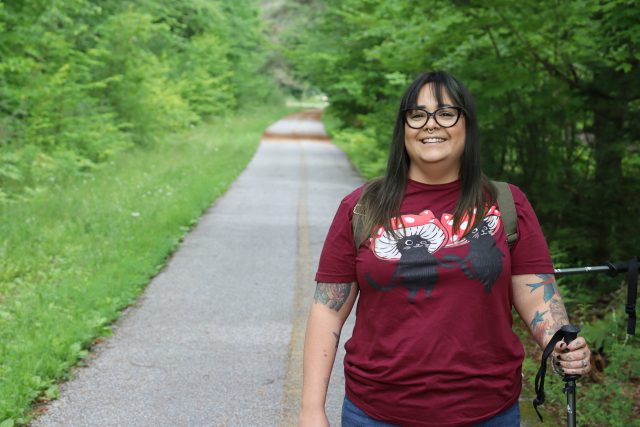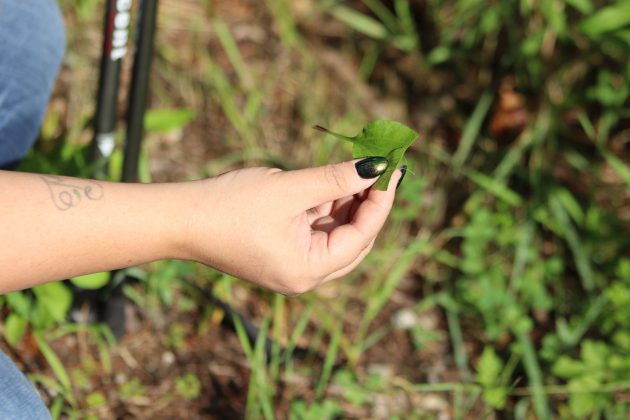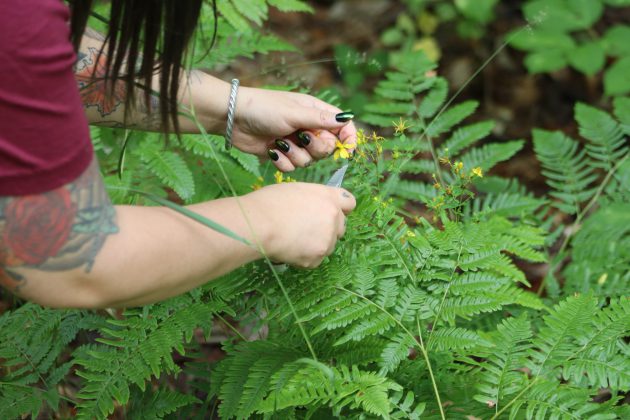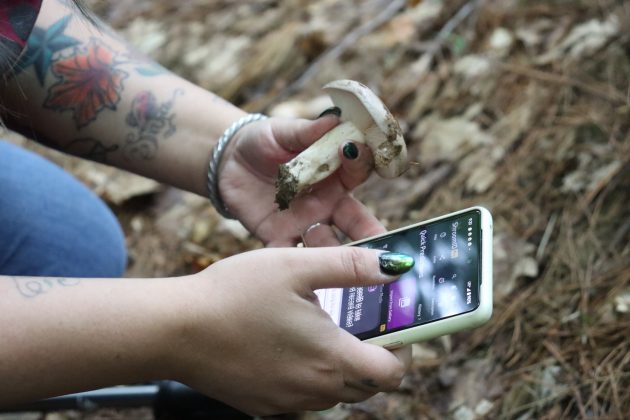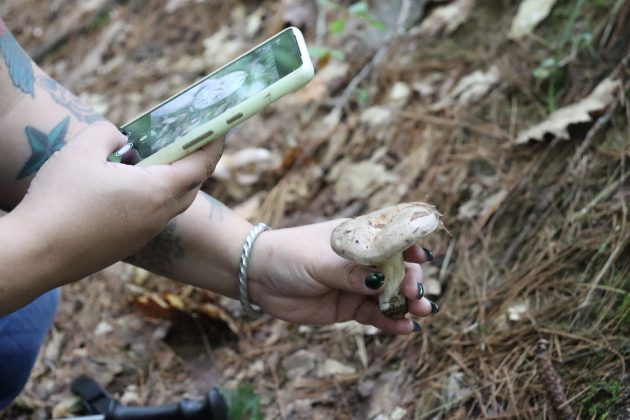A local Facebook Group is practicing the age old skill of foraging on CFB Borden
From a young age, Michelle Trott has learned to find natural cures to dozens of ailments; almost all of which are growing on a nearby trail or in her own backyard.
Foraging became a part of Trott’s life taking care of her grandmother’s garden while she had cancer. As she gardened alongside her grandmother, extensive knowledge was passed down on what commonly found plants can do for the human body.
“As I pruned off flowers, she would explain to me ‘Oh, you can eat these roses,’ or ‘You can pick this weed and tie it to your leg if you’ve got sore muscles,’” said Trott. “I didn’t know that much, but it was enough to get me interested in it.”
From general wellness teas to bug bite salves, the skill of surviving off the land is something that is not as common as it once was. The activity of foraging dates to early humans nearly 200,000 years ago.
Foraging can teach you about the uses of some unsuspecting or even cumbersome plant species. An invasive species of plant, not native to Canada, named Mullein is found all over southern Ontario and its deep roots can be a nuisance to garden around, but not for Trott.
“My neighbors two doors down have a giant Mullein plant and it has beautiful yellow flowers at the top,” Trott said. “It’s considered a nuisance not native to Canada and it’s so medicinal anytime we get sick. I start making my family teas with Mullein leaf in it and they say it tastes disgusting, but you know, it cured their COVID in three days.”
Being proactive outdoors
Due to a slip and fall accident in Cold Lake, Trott was rushed to hospital after having herniated some discs in her back and was left unable to walk. The injury made it harder for her to get outside and into nature, which is something she does despite the pain she may feel.
“[The accident]’s changed my life profoundly,” Trott explained. “Some for the bad, but a lot for the good. It really made me be more grateful. I’m far more down to earth than I was, even though I already was. I feel more connected with my kids and my husband… they did everything for me.”
For Trott, foraging is an opportunity to seek pain relief solutions through natural medicine and it enables her to get outside and experience the wildlife on base.
“I’ve found other things that I can do for my pain, headaches, my daughter’s allergies from things that are so much safer for you than going to the doctor and getting a prescription,” said Trott.
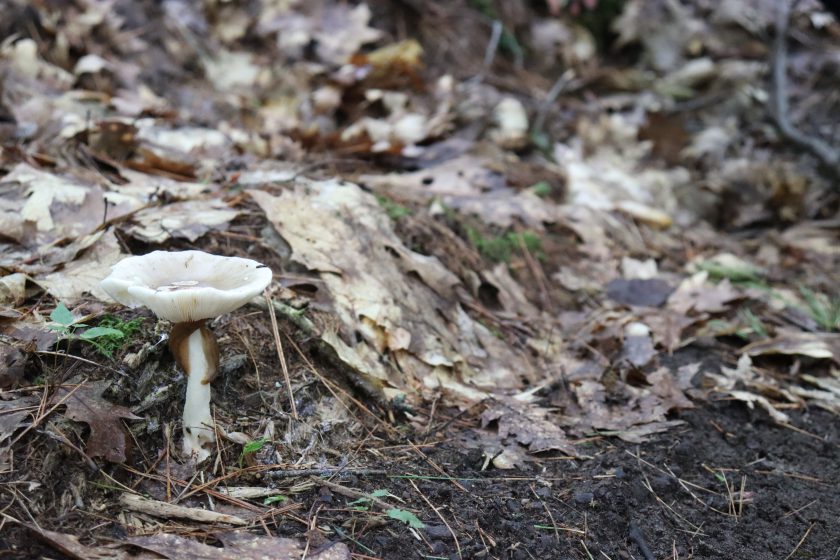
Foraging outdoors is also a great way to help overcome mental illness which is something that Trott has seen evidence of in her own life.
“I always loved being in the woods and walking in the wild, but it took being at my lowest with PTSD to finally see, without sounding cliché, the forest in the trees,” she said.
Today, groups like the CFB Borden Foraging Facebook group are making a collective effort to restore awareness and educate people who are interested in learning about different varieties of mushrooms, herbs, flowers, trees or almost anything that grows.
The group was partially started due to Trott’s involvement in the Pagan community on Base Borden and their use of natural medicine. While foraging with some friends she realized that other people were picking mushrooms as well and decided to create a Facebook group.
Members of the Facebook group post photos or videos and ask questions about what they’re finding while foraging.
Tips for Beginner Foragers
To start, Trott suggests that individuals choose one plant and try to identify it at home using tools such as the Google Lens app, the Shroom ID app or books series like the Peterson Field Guides.
When it comes to ingesting newly discovered plants, however, there are some types of mushrooms and flower that are considered too easily mistakable to consume. Since there are many look-alikes, it can be hard to tell the difference and may result in serious injury or death.
The simple act of identifying an organism can really help spark a wider curiosity for plant life and bring people together to appreciate the greenery here on Base Borden.
Whenever Trott does take from the forest, she pays her respects to the land by leaving behind a bundled offering of ceremonial tobacco, purple sage, lavender, cedar, sweetgrass and wildflower seeds. She then recites a prayer to mother earth.
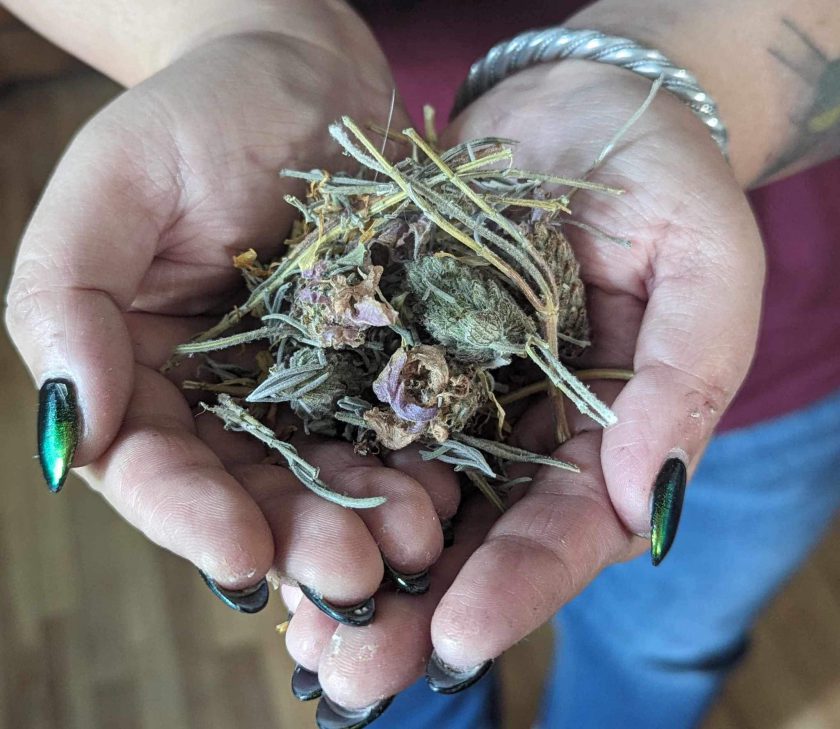
“Thank you, Mother Earth, for your constant supply of oxygen, food, water and beauty,” she begins. “Thank you, Mother Earth, for always giving of yourself while asking for nothing in return. I am sorry Mother Earth for the pain humanity has caused you. Please forgive us for arrogance and ignorance. May we evolve as a species and do what’s right by you. Thank you and I love you.”
BY: Caleb Hooper


